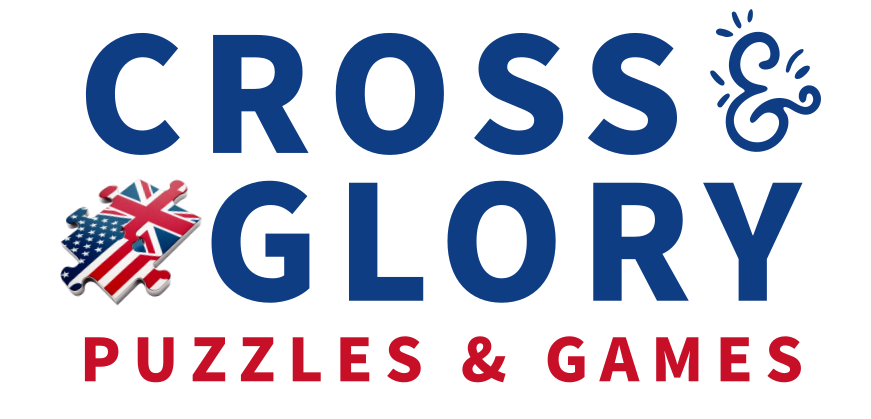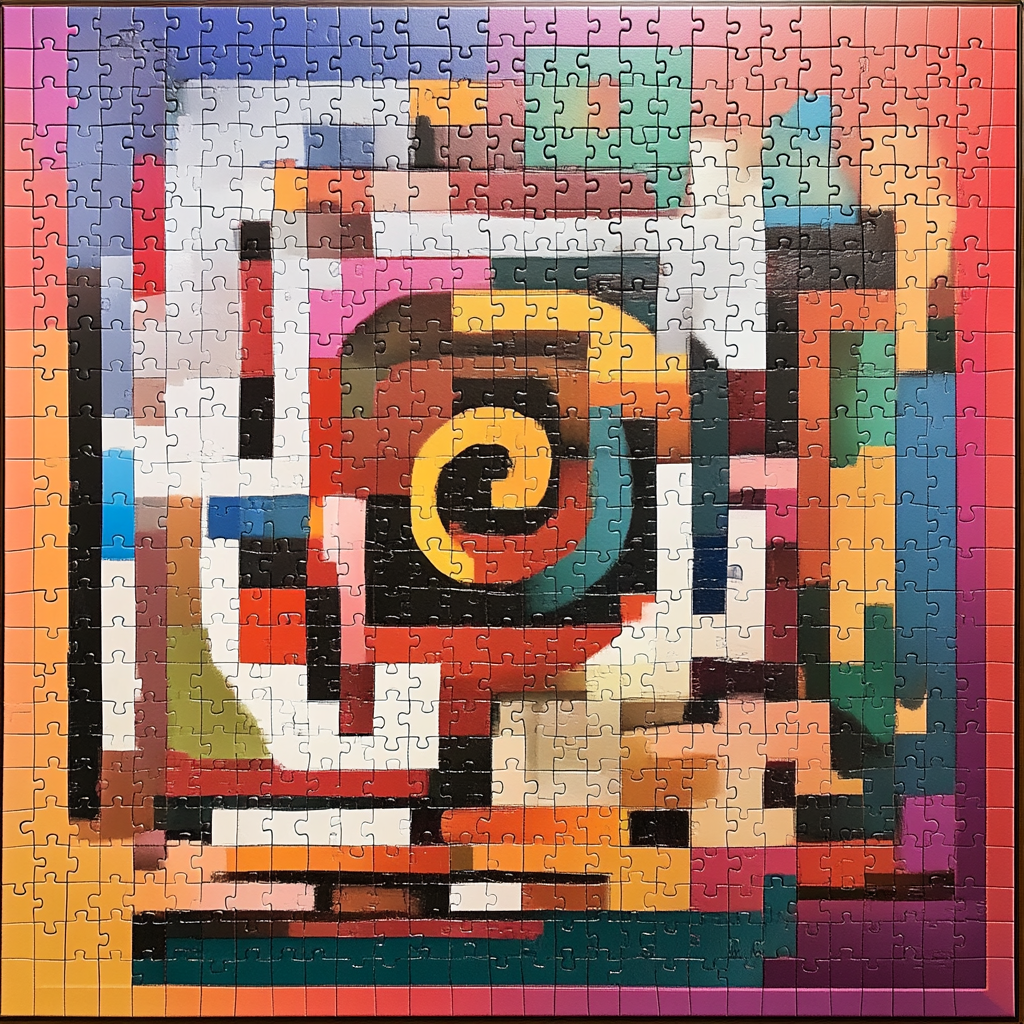Taking on a challenging puzzle can feel like a daunting task. Whether you’re staring at a sea of nearly identical pieces or grappling with tricky patterns and shapes, tough puzzles test your patience, strategy, and focus. But with the right mindset and techniques, even the most difficult puzzles can be conquered. Here’s how to approach those tough puzzles with confidence and enjoy the satisfaction of solving them piece by piece.
1. Understand the Tricks Your Mind Plays
Puzzles are designed to challenge you, and many employ subtle tricks to make the process more difficult. For instance, repetitive patterns, similar colors, or misleading shapes can make pieces appear to fit where they don’t. This can frustrate even the most seasoned puzzlers.
Understanding these “deceptive” elements helps you approach puzzles more strategically. Instead of second-guessing yourself, focus on verifying each connection. To explore how puzzles intentionally trick your mind and challenge perception, check out The Psychology of Deception: How Puzzles Trick Your Mind.
2. Develop a Sorting Strategy
When tackling a difficult puzzle, the first step is often the most important—sorting. Breaking the puzzle into smaller, manageable tasks makes the process less overwhelming. The two most popular sorting strategies are:
- By Color: Grouping pieces by color or pattern works well for puzzles with clear sections of vibrant imagery.
- By Shape: Sorting pieces by shape is ideal for puzzles with uniform colors or gradients, where visual clues are limited.
While there’s no “right” way to sort, finding the method that works for you can save time and reduce frustration. For insights into which sorting approach might suit your next challenge, explore The Great Puzzle Debate: Sorting by Color or Shape? We Settle It Once and for All (Maybe).
3. Break It Down into Sections
Instead of focusing on the entire puzzle, zero in on smaller sections of the image. Look for identifiable features—like edges, unique colors, or standout details—that you can work on first. Creating small completed areas provides momentum and boosts confidence as you begin to see progress.
Here’s a quick step-by-step approach:
- Start with the edges to build the puzzle’s frame.
- Identify key focal areas, such as bright colors, faces, or distinctive patterns.
- Gradually connect completed sections to fill in the gaps.
4. Pace Yourself: Puzzling is a Marathon, Not a Sprint
Tackling a tough puzzle isn’t about speed—it’s about persistence. Taking breaks is key to staying focused and avoiding frustration. Stepping away for a few minutes (or hours) can give you a fresh perspective when you return.
If you enjoy adding a competitive edge to your puzzling, try timing yourself or participating in puzzle challenges. Competitive puzzling pushes your skills to the limit and helps refine your strategies under pressure. To learn more about this high-energy side of puzzling, explore Competitive Jigsaw Puzzle Competitions: A World of Strategy and Speed.
5. Stay Positive and Enjoy the Process
Difficult puzzles are designed to challenge you, but the satisfaction of solving them makes the effort worthwhile. Stay patient, embrace the process, and celebrate small wins along the way—like completing a tricky section or placing that one elusive piece. The confidence and focus you build from conquering a tough puzzle will carry over into other challenges in life.
Conclusion
Tackling the toughest puzzles requires patience, strategy, and a positive mindset. By understanding how puzzles challenge your brain, developing an effective sorting method, and breaking the process into smaller steps, you can solve even the most difficult designs with confidence. Whether you’re competing in a timed challenge or simply enjoying the quiet satisfaction of a complex puzzle, every piece brings you closer to victory. So take a deep breath, trust the process, and get ready to tackle your next puzzling masterpiece—one piece at a time.

